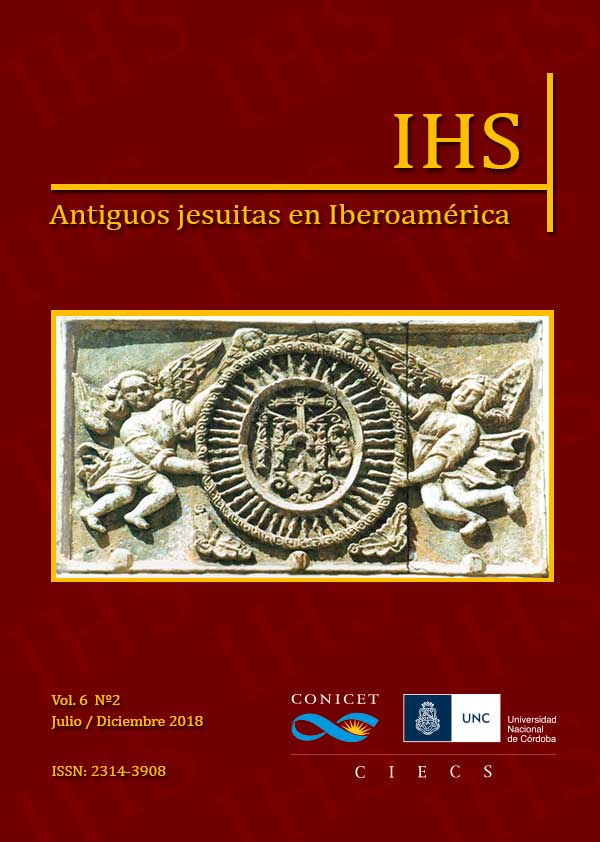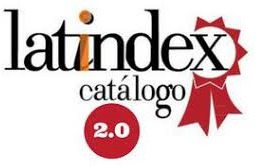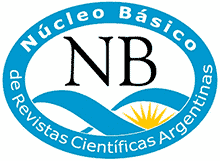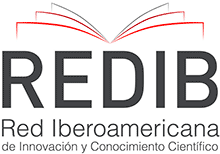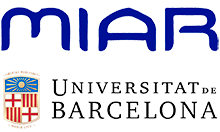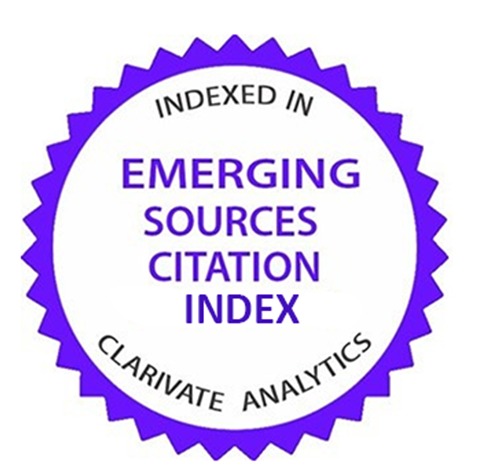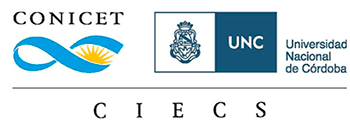The jesuit sources of tje 18th century and its utility for the study of the mobility of the huntes – gatherers of the central desert of Baja California, México
DOI:
https://doi.org/10.31057/2314.3908.v6.n2.22956Keywords:
Jesuit, seminomads, diet, seasonality, Baja California, cochimíAbstract
The first Jesuit missionaries who arrived to the central desert of the peninsula of Baja California, to the northeast of Mexico, in the eighteenth century, made descriptions and chronicles about the languages, customs, material culture and forms of organization of the human groups that lived there. The letters, diaries, chronicles and drawings made by the missionaries during their work of evangelization in the peninsula are very useful for historians, anthropologists and archaeologists, since they are sources of information that contribute substantially to knowledge about ancient ways of life, subsist-ence strategies and forms of mobility linked to obtaining certain resources throughout the year.Downloads
Download data is not yet available.
Downloads
Published
2018-12-27
How to Cite
Zarco Navarro, J. F. (2018). The jesuit sources of tje 18th century and its utility for the study of the mobility of the huntes – gatherers of the central desert of Baja California, México. Antiguos Jesuitas En Iberoamérica, 6(2), 57–76. https://doi.org/10.31057/2314.3908.v6.n2.22956
Issue
Section
Artículos
License
Los autores/as que publiquen en esta revista aceptan las siguientes condiciones:
- Los autores/as conservan los derechos de autor y ceden a la revista el derecho de la primera publicación, con el trabajo registrado con la licencia Atribución - NoComercial - CompartirIgual de Creative Commons que permite a terceros compartir (copiar y redistribuir el material en cualquier medio o formato) y adaptar (remezclar, transformar y construir a partir del material) bajo los siguientes términos: Atribución — se debe dar crédito de manera adecuada, brindar un enlace a la licencia, e indicar si se han realizado cambios. Puede hacerlo en cualquier forma razonable, pero no de forma tal que sugiera que usted o su uso tienen el apoyo de la licenciante. NoComercial — no se puede hacer uso del material con propósitos comerciales. CompartirIgual — si remezcla, transforma o crea a partir del material, se debe distribuir su contribución bajo la la misma licencia del original. Los autores/as pueden realizar otros acuerdos contractuales independientes y adicionales para la distribución no exclusiva de la versión del artículo publicado en esta revista (p. ej., incluirlo en un repositorio institucional o publicarlo en un libro) siempre que indiquen claramente que el trabajo se publicó por primera vez en esta revista.
- Se permite y recomienda a los autores/as a publicar su trabajo en Internet (por ejemplo en páginas institucionales o personales) antes y durante el proceso de revisión y publicación, ya que puede conducir a intercambios productivos y a una mayor y más rápida difusión del trabajo publicado (vea The Effect of Open Access).

